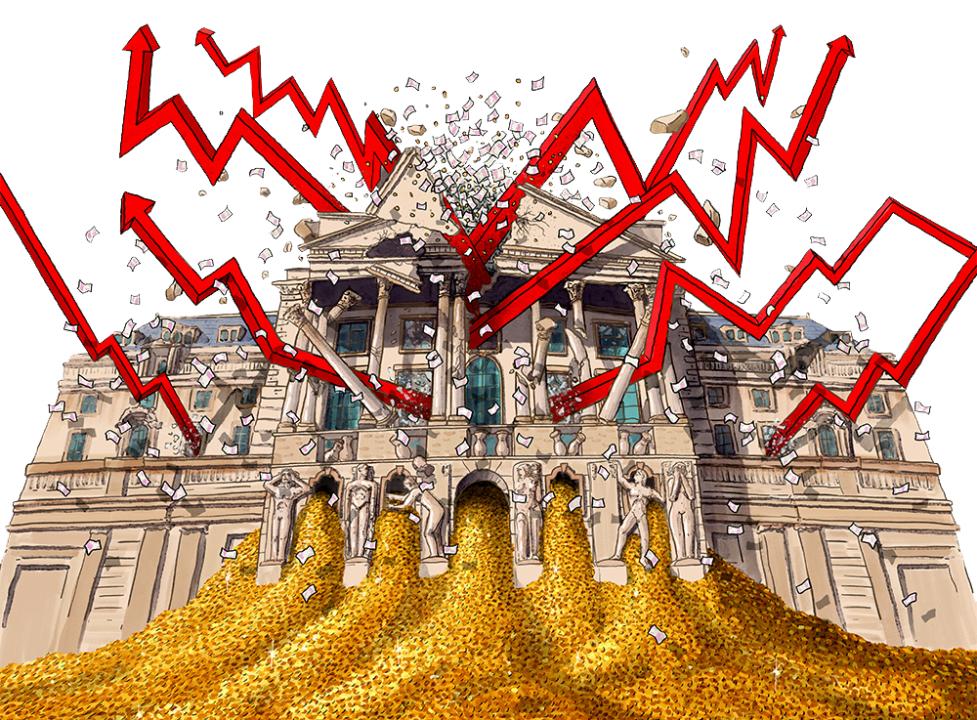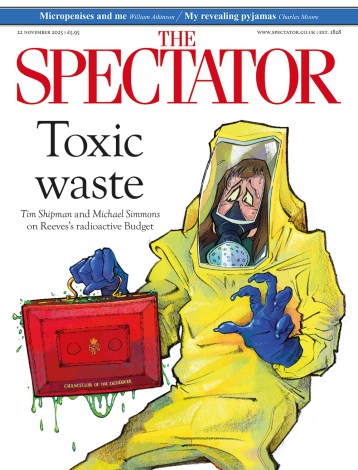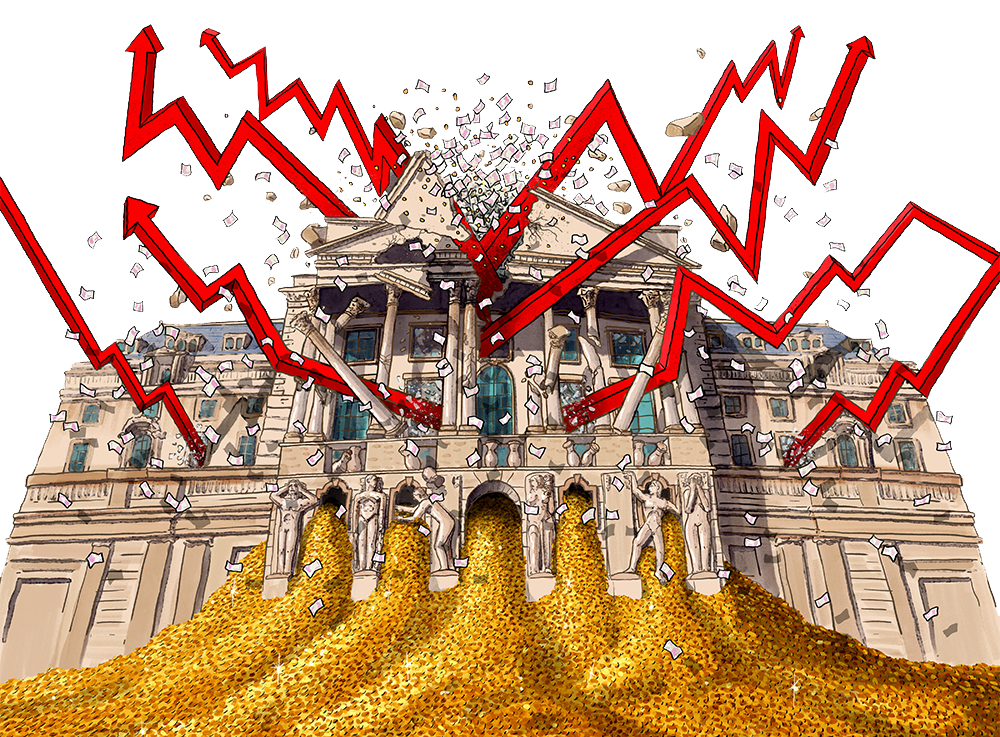Yesterday’s stronger-than-expected GDP growth raises questions for the Bank of England. Second quarter growth came in at 0.3 per cent (0.2 per cent per Brit) propped up by a strong 0.7 per cent in June alone. The rest of the national accounts however, paint a worrying picture when it comes to inflation.
The GDP deflator – which is a measure of the overall level of prices in the whole economy – came in at 4.1 per cent year-on-year growth. That’s down slightly from the last reading but still more than double the Bank’s 2 per cent target. Nominal domestic demand was growing too, at more than 5 per cent – providing stronger growth figures but pouring fuel on the inflationary fire.
The Bank itself now expects inflation to hit 4 per cent later this year but the rationale from the five members who swung the Monetary Policy Committee’s (MPC) recent rates decision was that the labour market had become so ‘slack’ that a cut was needed to kickstart growth. The fact the economy expanded 0.7 per cent in June suggests that rates cut wasn’t needed. The result: inflation let rip.
Meanwhile, data from the Office for National Statistics earlier this week pointed to pay rises of 4.6 per cent on average. Once price rises were factored in, this is still more than a percentage point above CPI. It seems hard to argue that the inflationary pressures from wage demands had worked their way out of the system before the MPC cut rates.
Another issue is the savings ratio – savings divided by household disposable income – which remains at over 10 per cent. Economic uncertainty is leading to consumers holding back on spending, something Rachel Reeves will be keen to unleash to boost jobs and business revenues. But if the Chancellor achieves this it will be yet more fuel on the inflationary fire. In short, the Bank may have loosened the reins just as the blaze was heating up. We can only hope I’m wrong.
 Michael Simmons
Michael Simmons
GDP growth proves the Bank of England’s mistakes







Comments